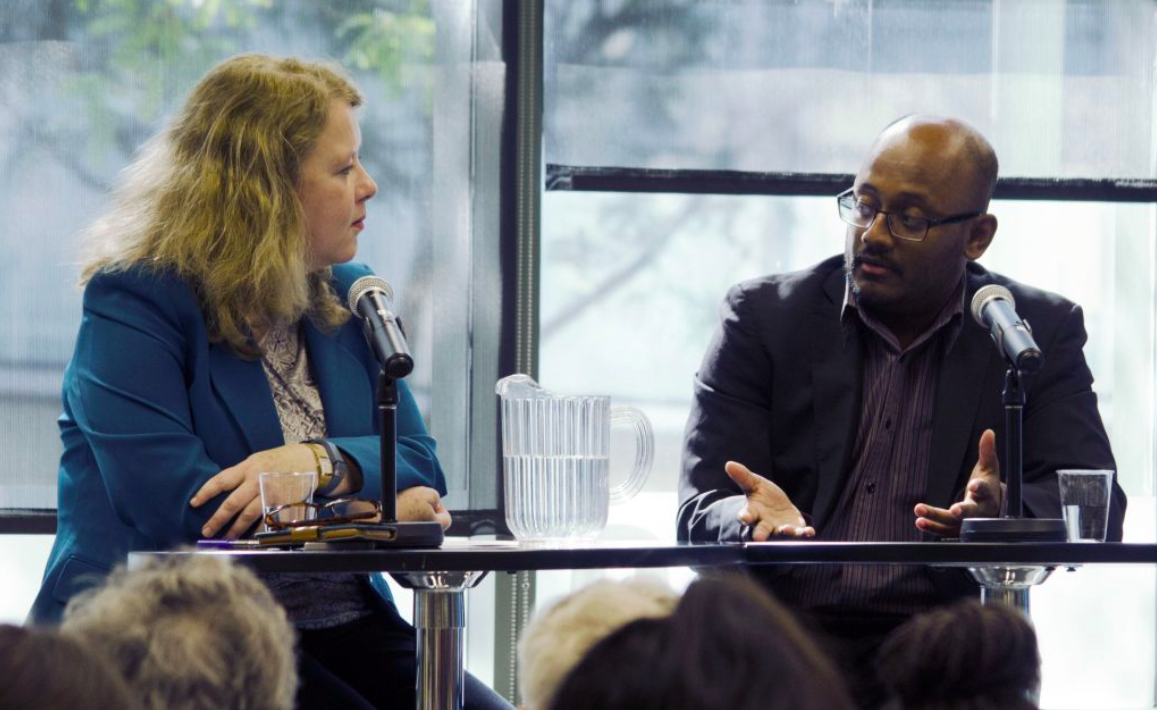Journalists reporting on extremist groups need to arm themselves with knowledge as neo-Nazi and terrorist organizations become more sophisticated in their messaging and media manipulation, a leading expert on radicalization told Ryerson journalism students.
Amarnath Amarasingam, a research fellow at the London-based Institute for Strategic Dialogue and at George Washington University, made the case for beat reporting, arguing that reporters need to be equipped with the knowledge and background to challenge the claims of extremists and to put their claims in context.
“Part of the problem with the alt-right is that they removed their white hoods and put on suit jackets,” he said during a recent Ryerson Journalism Research Centre event that focused on best practices for coverage of extremist views. “I don’t think they should be allowed to just kind of change that image without challenge.”
Journalists need to understand the context behind extremists’ beliefs and the movements they represent, said Amarasingam, who has written about radicalization and terrorism for publications such as The Atlantic and Huffington Post, and also edited Sri Lanka: The Struggle for Peace in the Aftermath of Warand The Stewart/Colbert Effect: Essays on the Real Impacts of Fake News. He was interviewed onstage by Ryerson journalism professor Joyce Smith during the RJRC’s Oct. 5 event, “Covering extremism: Reporting News vs. Being Used.”
“There’s a history of these movements and an ideological backing which you kind of need to know,” Amarasingam said, “and I think sometimes if you don’t know that you can slip into very sloppy reporting, which in this issue particularly can (cause) a lot of damage.”

